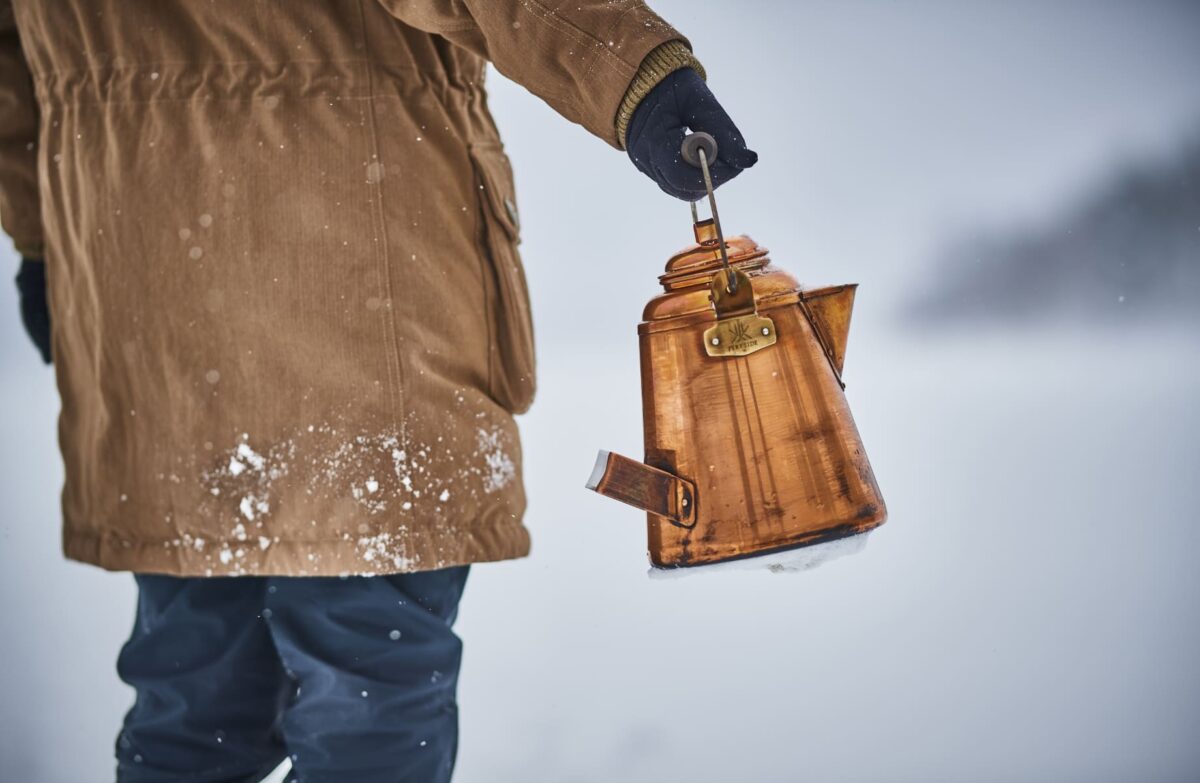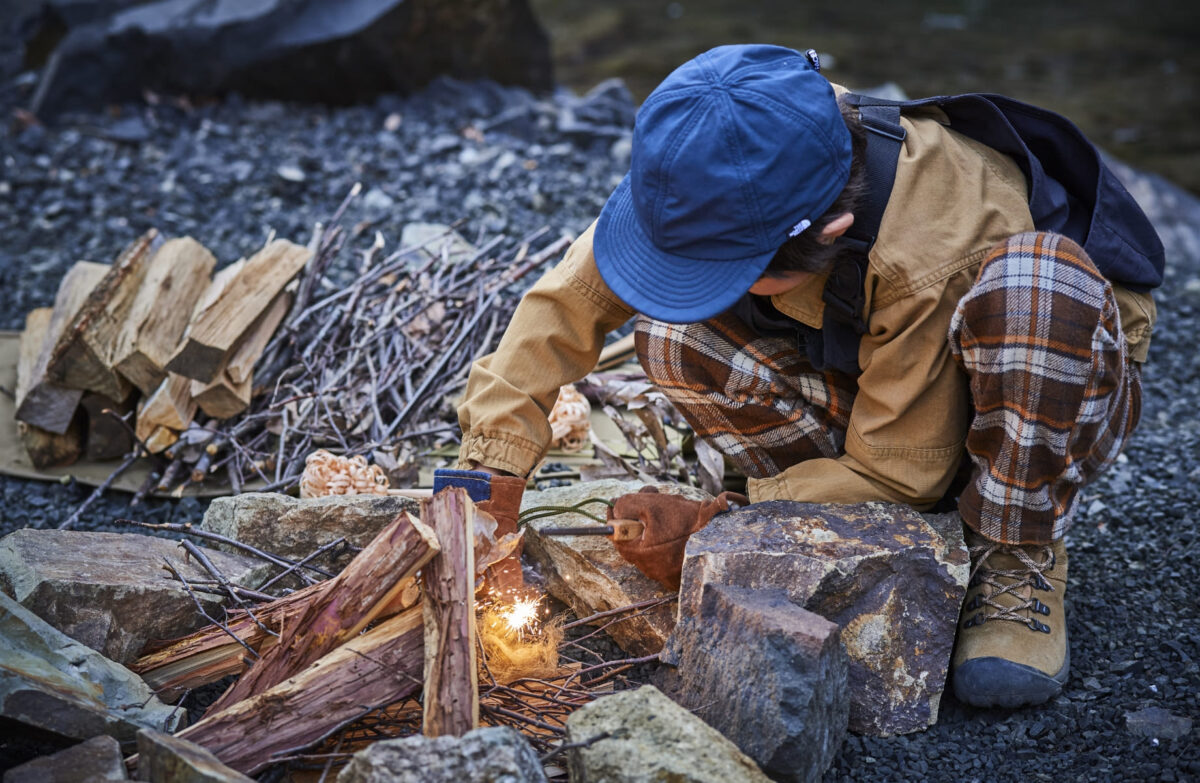Fireside
Fireside is a lifestyle brand of wood-burning stoves established in 1987. Since the dawn of imported stoves in Japan, Fireside has been promoting wood-burning stoves and a lifestyle in harmony with nature by educating people about the "fun" that goes beyond heating, such as cooking and preparing firewood. The fuel used in Fireside products is biomass resources, mainly firewood. They aim to develop a unique culture by creating connections between people, and between people and nature, through a life with a wood fire.


What is Fireside's craftsmanship?
To create tools that can coexist with nature.
Born in Boston, U.S.A., representative Paul Kastner came to Japan in his 20s, attracted by the charm of shakuhachi, a Japanese bamboo end-blown flute. While living a self-sufficient life deep in the mountains of Minami-Shinshu, he encountered wood stoves as fireplaces and cooking tools. He then established Fireside in 1987.
For 36 years since its establishment, Fireside has been working to promote the use of wood stoves, which have less impact on the environment, and to spread the word about a lifestyle that is in harmony with nature.
The tools they make are tools that can coexist with nature. Biomass fuels such as firewood are a gift from the forest that warms people but not the earth. People feel joy and pleasure by going through the time-consuming process of making a fire, and that joy and pleasure are something they cannot find in their daily lives.
They believe in caring for nature and creating contact between people and nature through fires. They want people to enjoy the warmth provided by woodfires forever. Their craftsmanship and mission is to create “tools for independent energy” and to continue to pass on the value of these tools.








Brand's Signature Gear

Grandma Copper Kettle
This kettle is made of 99.9% pure copper, and the more you use it, the more charming it becomes. It is modeled after a kettle that Paul inherited from his grandmother. Selected metalworking craftsmen in Nagaoka City and Tsubame City in Niigata Prefecture, the metalworking capital of Japan, go through more than 80 processes to create a single product. The kettle’s body color can change to gold, red copper, amber, jet black, etc., depending on how it is used, and the enjoyment of letting the kettle develop its own color is one of the charms of this product.

